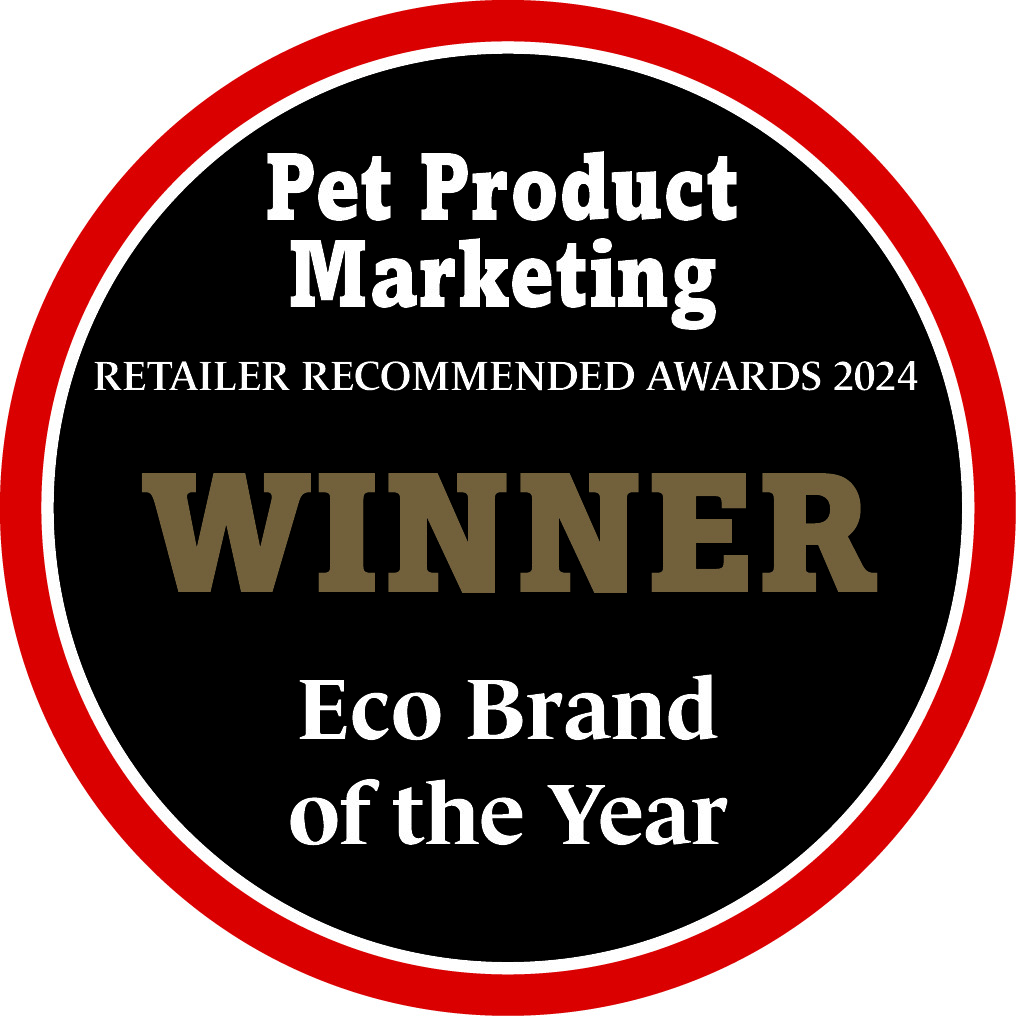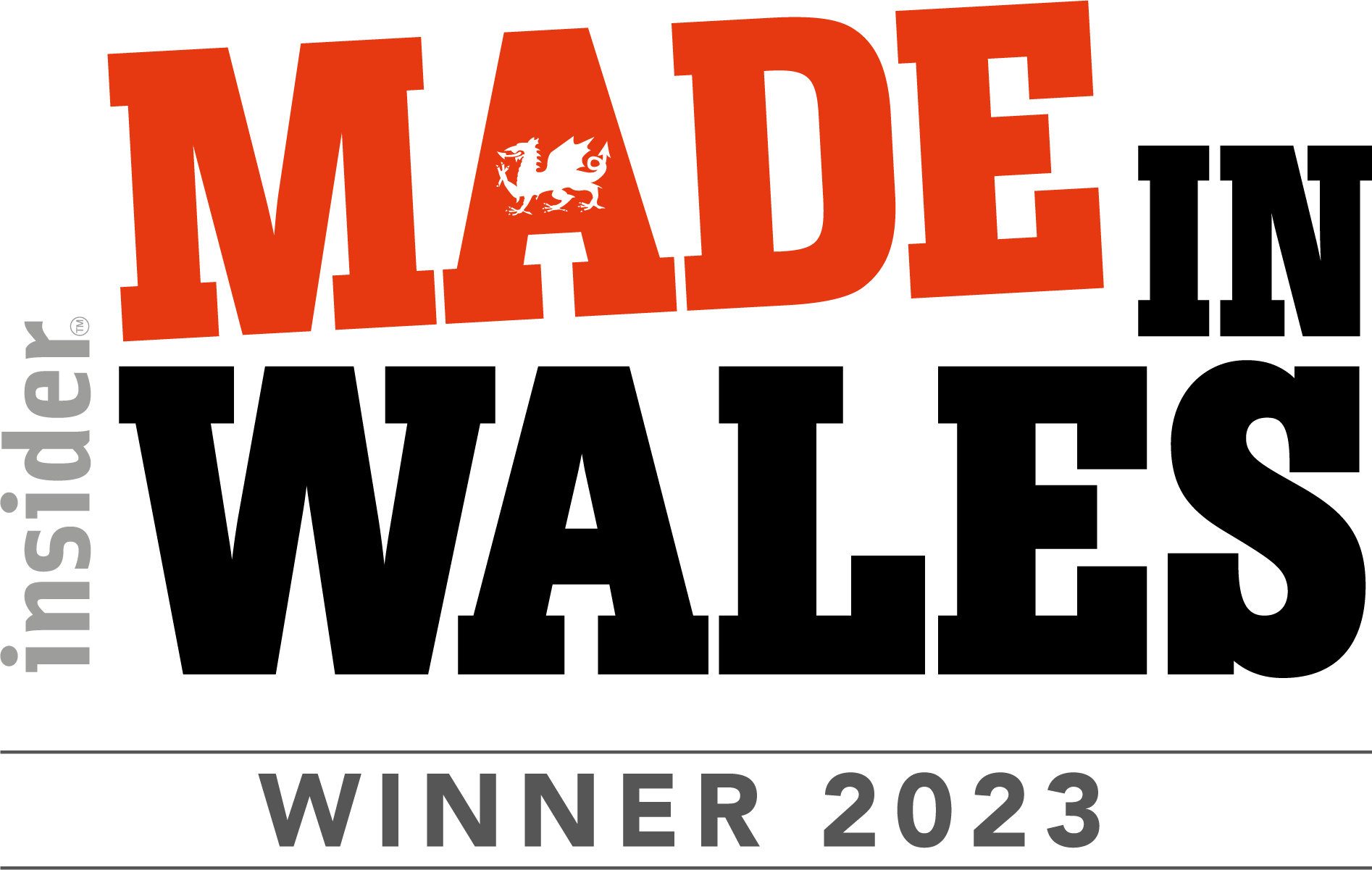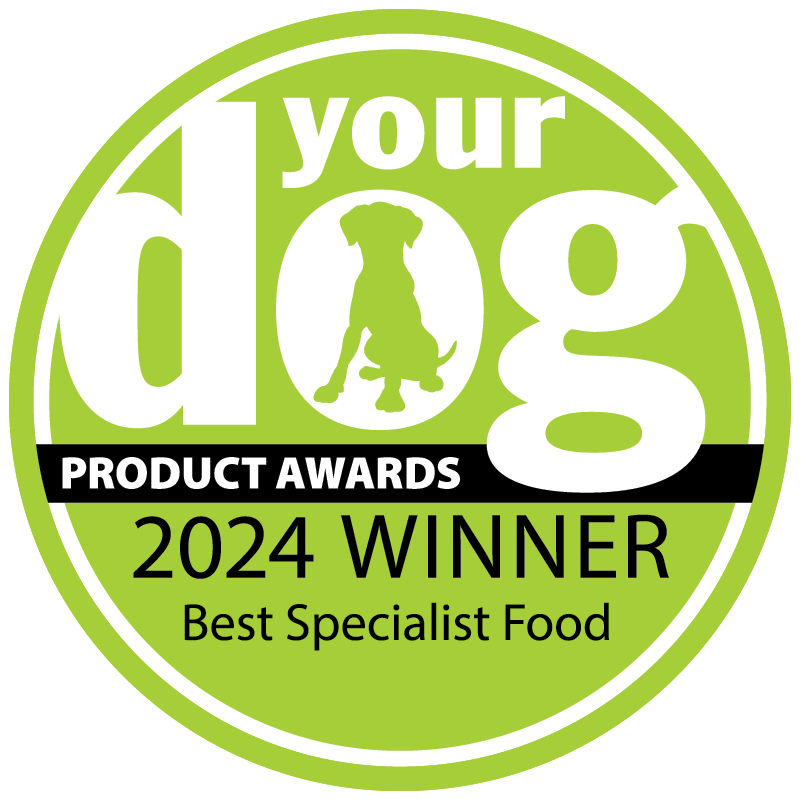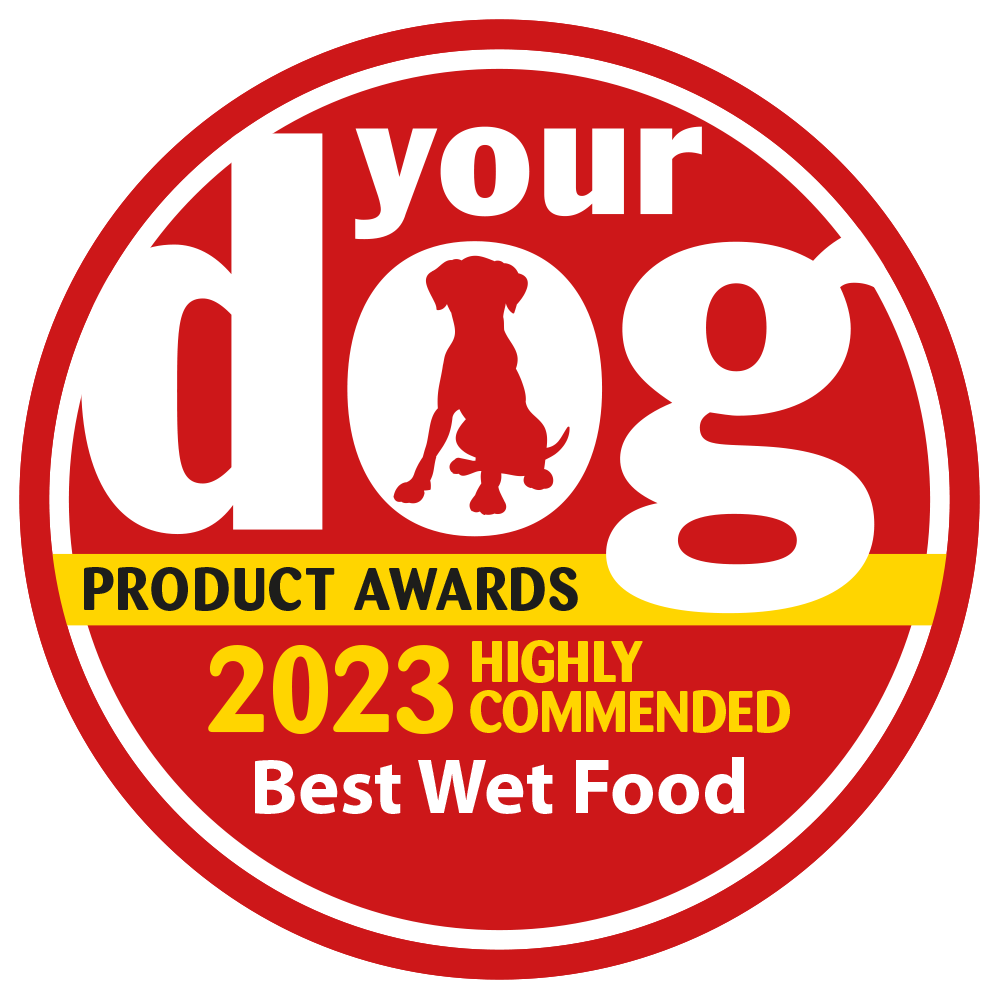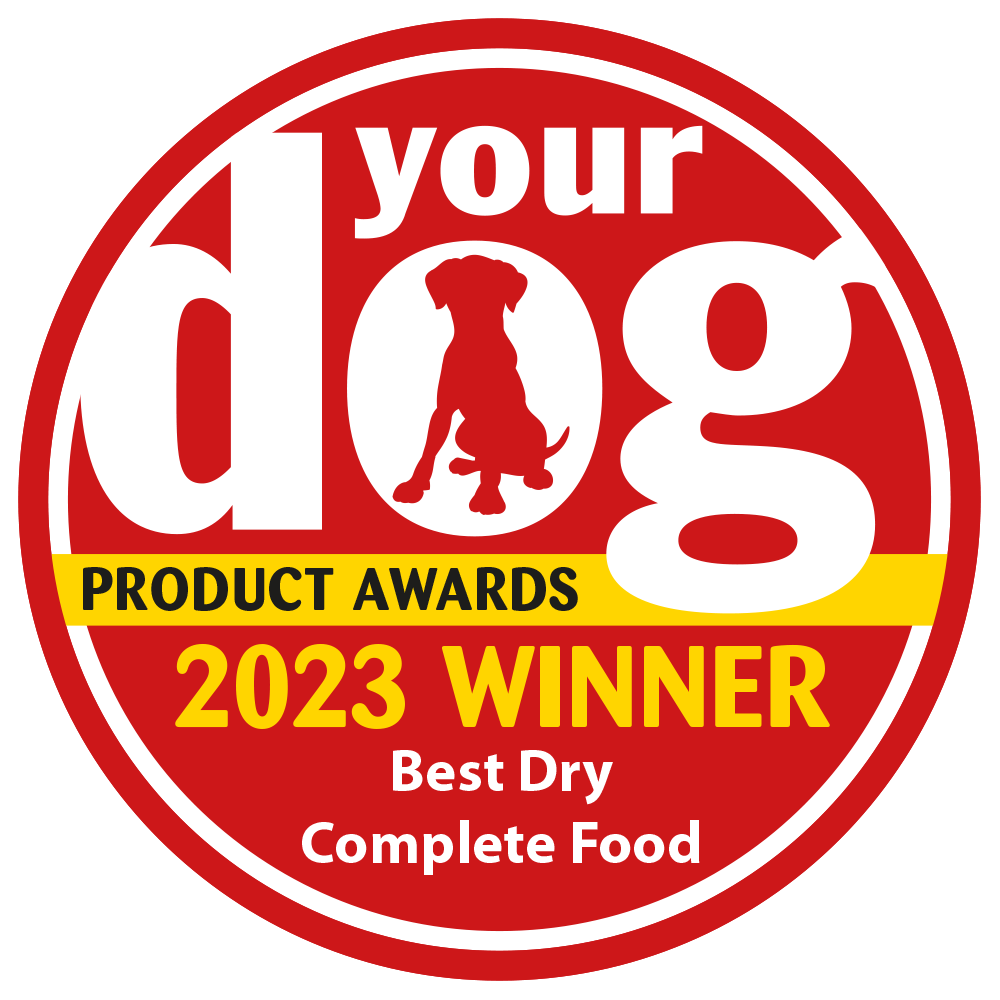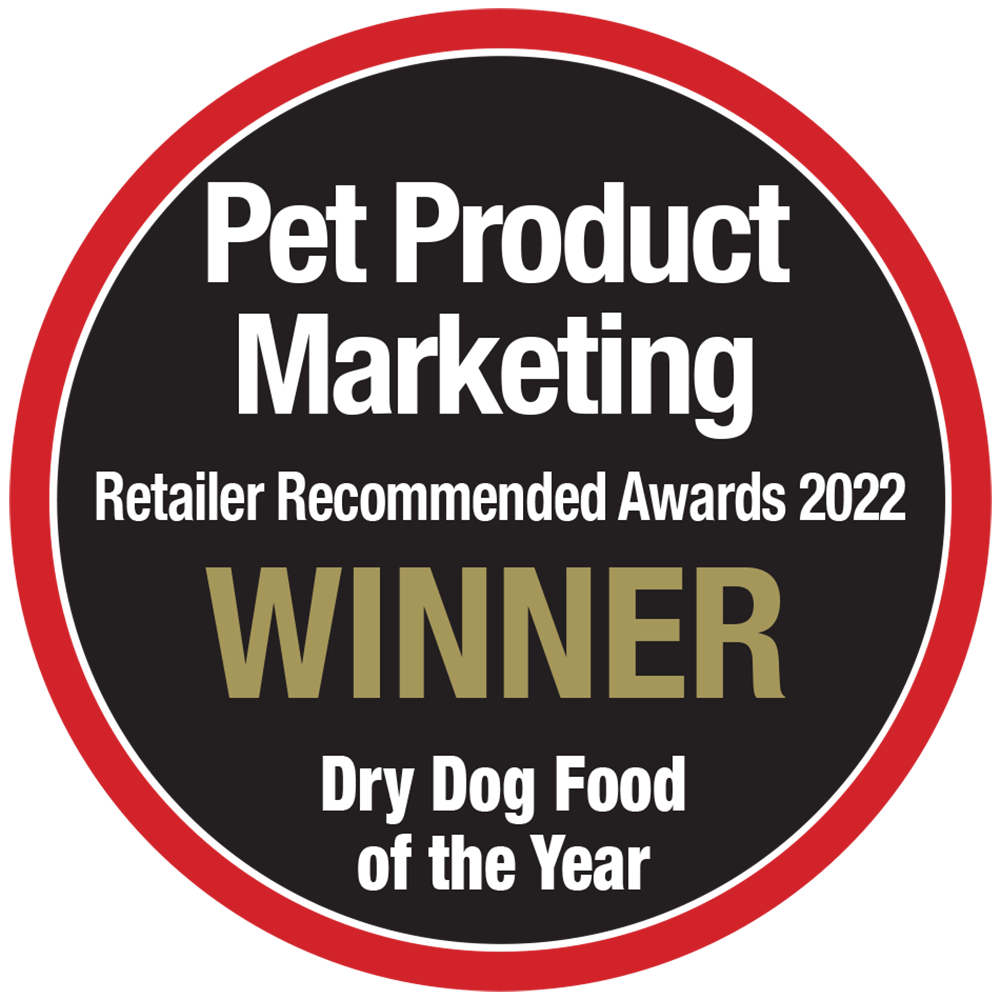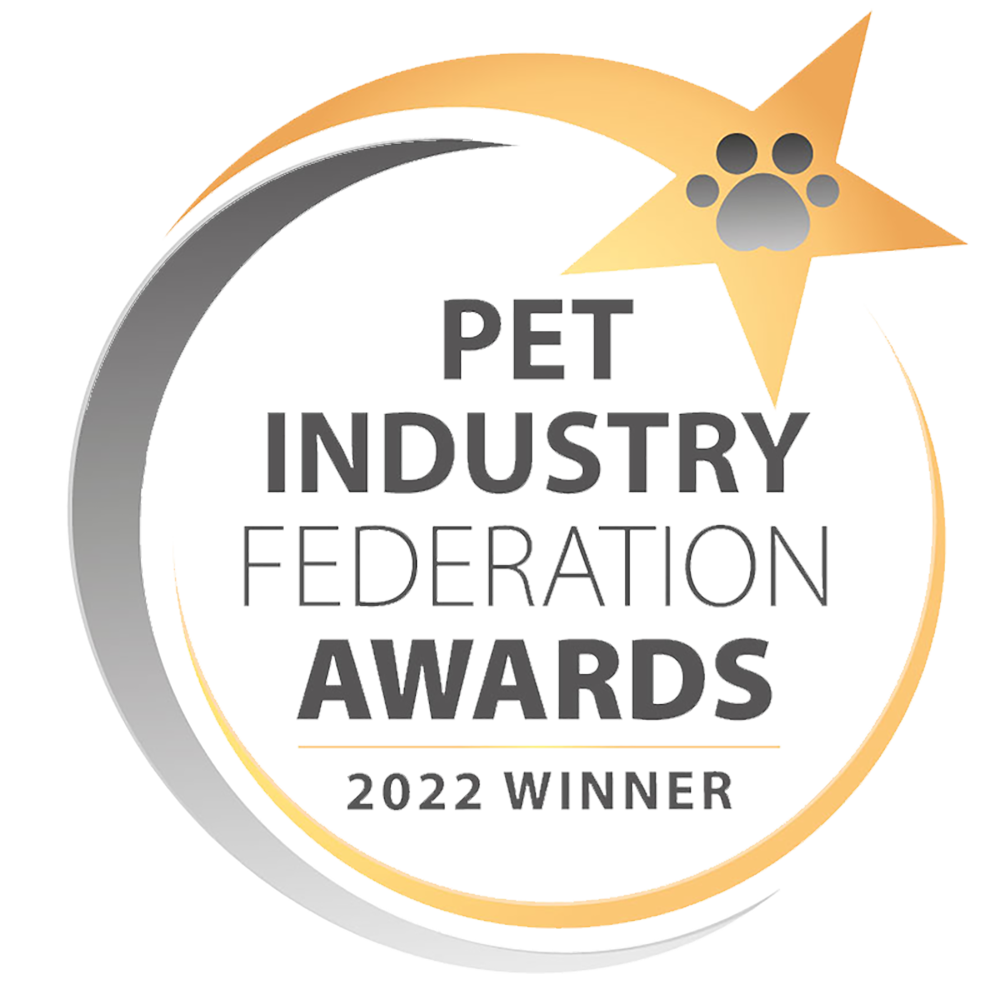
Are you having to get your dogs anal glands emptied regularly? Are you wondering why they are filling and are smelly?
It could be full anal glands… keep reading to see how diet can help…
The anal glands are located either side of the anus, they usually contain a foul-smelling matter that is expelled during urination or defecation and acts as a territory marker. Another job of these glands is to act as the body’s dustbin, in that they are a means of collecting and discharging waste from the system.
– Feeding more food than your dog needs.
– Foods too high in protein and fat for your dog’s needs
– Poor quality food, (unsuitable ingredients; chemical additives).
– Food allergy or intolerance causing inflammation, cell damage, production of toxins.
Many dog owners will have been advised to feed a high fibre food to their dog if it has anal gland problems, in order to bulk up their poo which helps to empty the anal glands when the dog is going to the toilet. However anal gland problems are usually seen in dogs already producing a large amount of waste. A high fibre diet will not stop the glands from filling and it is better to find out what is causing them to fill in the first place.
Even if your dog is not overweight you can still be giving them too much food; on low-fat diets especially the excess may not lead to added weight but is building up in other ways throughout the body and very often this can cause the anal glands to fill.
For best results it’s advised to initially cut all extras out for a period of time, meaning stopping all treats, chews or human food. This limits the ingredients being fed, which can help root out if certain ingredients are not suiting your dog.
– Weigh your dog’s food, this is more accurate and effective than going by eye.
– It takes at least 2 months on a new food to see any changes in your dog, as the body will be getting rid of any excess.
– Your dog’s glands may need to be emptied once or twice again as they get rid of this waste.
No query is too small for our Nutrition Team, so please fire away!
